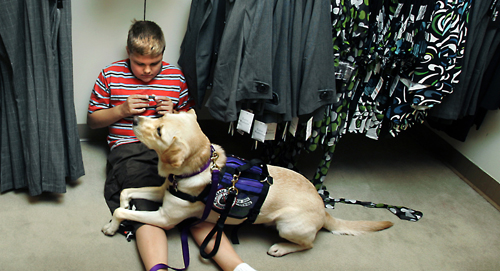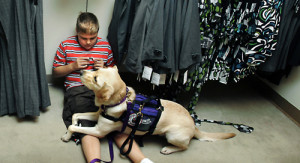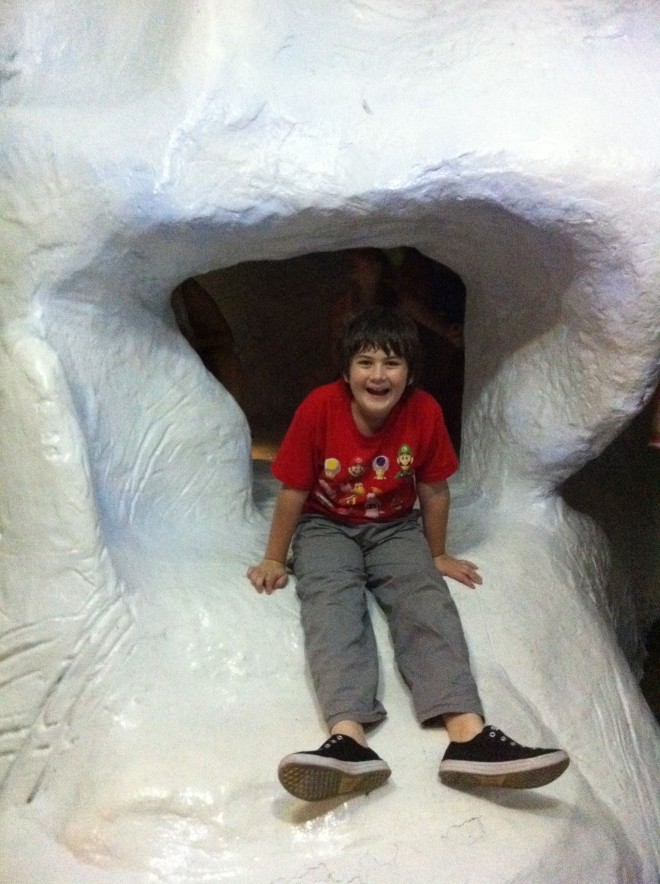The nature of my training classes unfortunately tend to focus on the struggles and deficits side of the autism spectrum, as this is the primary way for responders to quickly identify someone as autistic on the scene of a crime, fire, disaster or medical call and potentially adapt their response. In an emergency situation, being able to recognize the appropriate signs and adjust communication can be the difference between a potentially negative and positive outcome.
I tend to go a bit deeper in my weekly articles, offering more detailed techniques for de-escalating dangerous behaviors, discussing comorbid medical conditions for better patient assessment, proper protocol for handling service dogs, or explaining why people with autism are often drawn to water. What happens if we flip that proverbial coin for a minute and ask, how can someone with autism be helpful on scene?
People with autism display a wide range of intellectual abilities. Some show exceptional talents despite some functional challenges. Along with the struggles, autism can bring individual strengths along with special abilities, such as strong memory skills, math skills, three-dimensional thinking, musical ability, artistic ability, honesty, and the ability to intensely focus on an interest.
While only 10 percent of people with autism have savant syndrome (a condition in which a person with a disability such as an autism spectrum disorder demonstrates profound and prodigious capacities or abilities far in excess of what would be considered normal), many do have special abilities. These may include:
- Calendar calculation – identifying the days of the week on which any date fell or will fall in a wide span of years
- Memorizing large chunks of facts about specific subjects
- Dismantling and reassembling complex machines
- Working with computers
While verbal instructions are more challenging, people with autism do have advanced visual-spatial abilities, such as solving puzzles or matching items that display some sort of pattern.
How could these things help during an emergency call?
Autism Skill #1: Rote Memory Ability
An excellent rote memory – memorizing large amounts of material or storing huge lists of items in their minds and repeating them accurately can be a huge help when piecing together what may have happened on scene. This could be recalling details of an auto accident or trying to determine how a crime was committed.
Autism Skill #2: Details and Patterns
To piggyback on rote memory, the ability to notice small, individual details is a huge asset on any scene. While autistic individuals may not be able to see the big picture or piece together the information to determine meaning, they can not only recite details no one else may have noticed but often see a distinctive pattern in those details.
Autism Skill #3: Calculations
Some people with autism also have quick mathematical calculation skills – they’ re able to mentally add, subtract, multiply and divide large numbers at astonishing speeds. This could be helpful, again, in any line of questioning where numbers or specific times are important to the situation.
Autism Skill #4: Artistic Talent
Being masterful with expressing yourself through drawings can aid in finding out what happened on scene, especially if the person with autism is nonverbal. Even if they are able to communicate in a typical way, drawings can both relay missed details of the scene and the person’s perspective – how they experienced the situation.
Autism Skill #5: Musical Talent
How could someone’s musical talent possibly be of assistance during an emergency?
Many people with autism spectrum disorder have outstanding abilities in tone recognition; they can be highly methodical listeners and are able to access musical details more readily than others. The ability to mimic an exact sound they heard in perfect pitch – such as the order of numbers punched in a keypad – is definitely a skill that could come in handy on scene.
I know it can be challenging to communicate and interact with people with autism on scene, especially if they are experiencing sensory overwhelm from the noise and chaos of the emergency situation. But remember, autistic people are typically good-natured and honest, and almost always have a genuine desire to help. Why not welcome their skills and abilities? You may just end up with critical details that no one else was able to see!






















